Disclaimer: Originally published in June 2018. It is being republished since it still remains an interesting topic till today.
The Partition of India was perhaps one of the most violent and turmoil-ridden times in history.
It was the largest migration of people ever to take place on the face of the earth.
The event was marked by immense bloodshed, loss and psychological trauma.
People’s lives were overturned and all aspects pertaining to them changed.
Food too, like other things, evolved, developed and gave itself a new identity.
The Partition of India led to the development of a new food culture in many parts of the country, which displays a blend of pre and post Partition traditions.
RISE OF TANDOORI FOOD CULTURE
In North Indian cities like Delhi, the food culture evolved to a marked extent. The coming in of the immigrants from across the border led to the replacement of the rich ‘Royal’ Mughlai food of Shahjahanabad by Tandoori traditions in the form of tomato-based gravies and curries. The new tomato-ey flavours were bold and punchy.
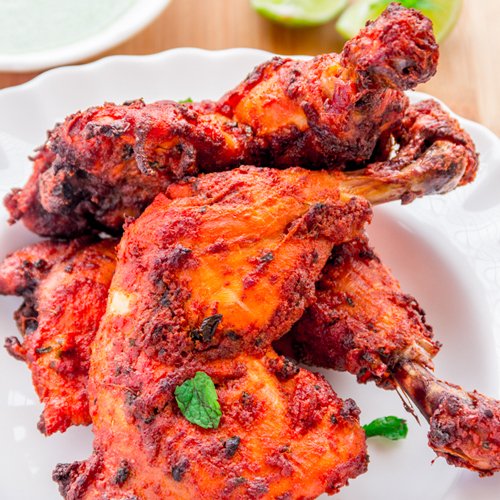
The Tandoori influences are a direct import from Western Punjab. While erstwhile Mughlai food traditions existed as Shabdeg (winter meat delicacy), kebabs, forms of Pulao etc, they were overshadowed by Tandoori traditions.
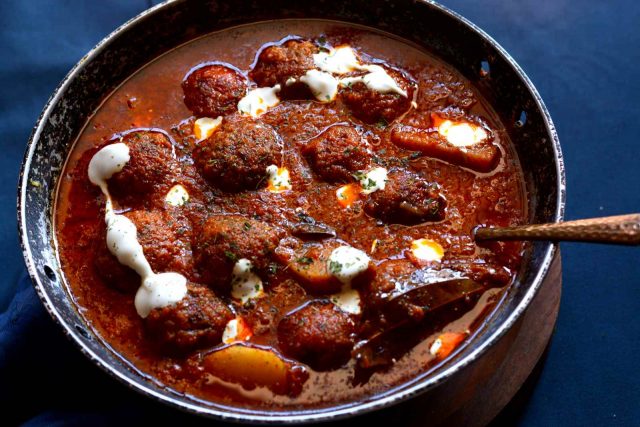
Central to Tandoori food traditions is the ‘Tandoor’ (a cylindrical clay oven) itself which is used predominantly to make bread or different kinds of rotis. Hindu refugees from Punjab brought their Tandoor and corresponding traditions of food to Delhi and made it the dominant cuisine.
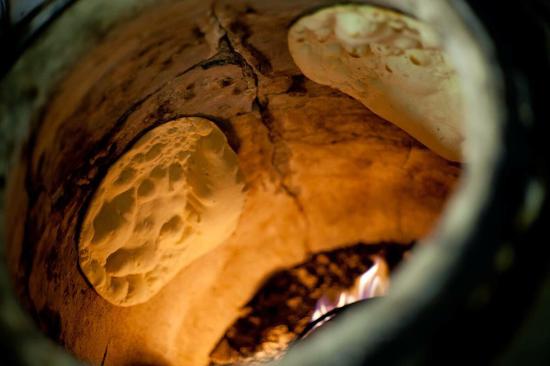
The greatest connoisseur in this area of expertise is the much loved Moti Mahal which was set up by a refugee called Kundan Lal Gujaral in Daryaganj as an ode to Peshawari cuisine. The Makhni gravy full of butter, curd and tomatoes was thus formed.
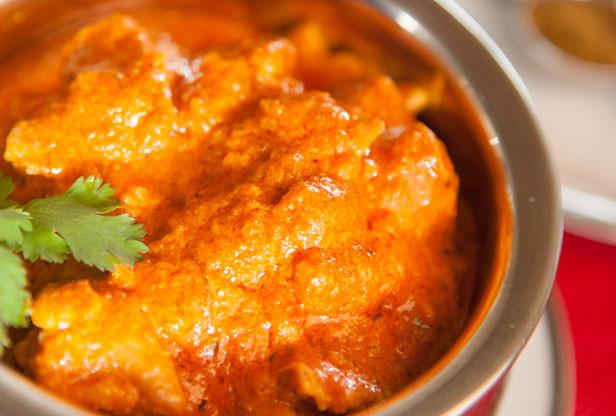
Delhi also saw a decline in its Anglo-Indian food traditions of cutlets, chops and scones.
SINDHI FOOD CULTURES
After Partition in 1947, the Hindu Sindhis from Sindh (in present-day Pakistan), migrated to India and brought with them their special ‘papad’.
These are essentially crispy, spicy flatbreads. With some similarities to other South and North Indian versions of the papadam/papad, the Sindhi papad has its own unique blend of flavours.
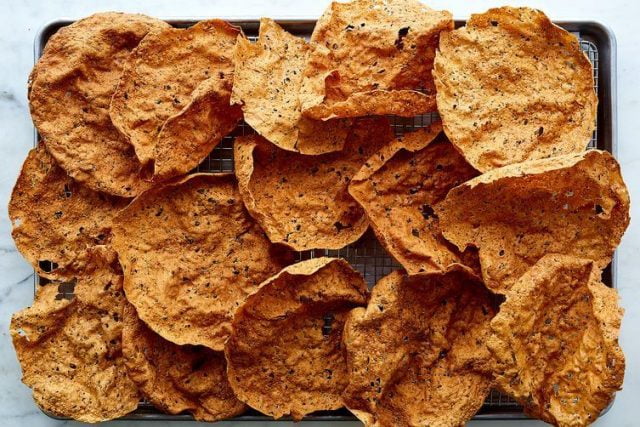
It is lentil flour-based and is an amalgamation of moong (green gram) and urad (black gram) dal. The papad is seasoned with black pepper, dill seeds and other seeds and spices, giving it an authentic Sindhi flavour.
The papad is a staple in the Sindhi diet.
Also Read: The History Of The Humble Indian Rusk: The Perfect Chai Snack
EVOLUTION OF FOOD TRADITIONS IN UTTAR PRADESH
In cities and towns like Lucknow, Meerut which together constituted Awadh, the food culture was laden with aristocratic tastes of Kings and Nawabs. They included food traditions like the Malai Paan, Shami Kebab, meat and vegetable curries etc.
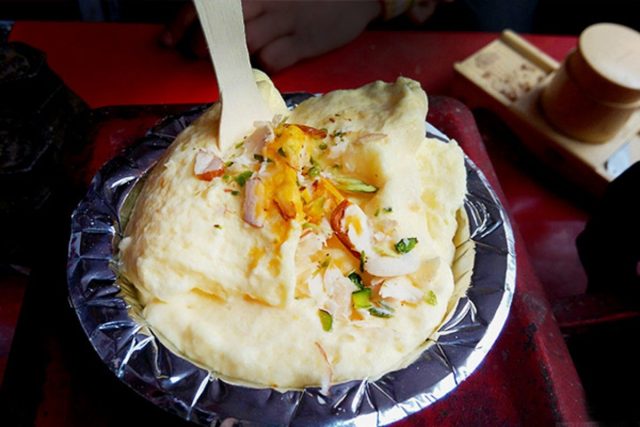
However, post Partition, while these traditions existed, others like black pepper chicken, Chaat and street food became popularised.
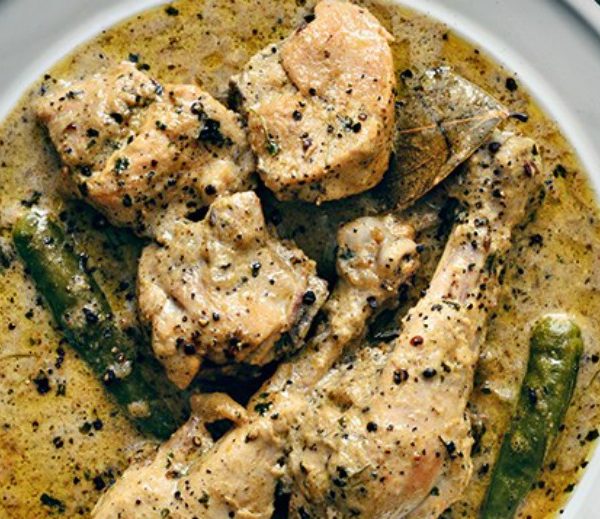
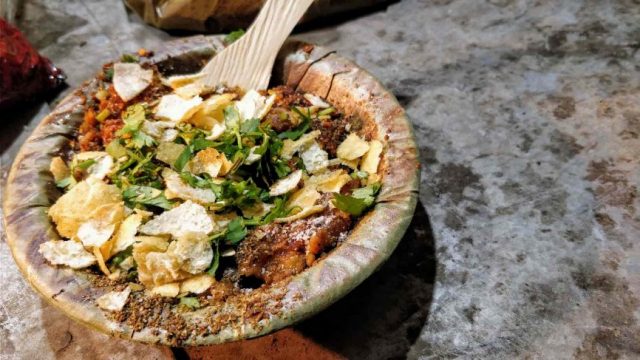
A number of migrants settled in this region and set up local joints called dhabas.
WESTERN INDIAN FOOD CULTURES
In present-day Mumbai, immigrants from the present-day city of Karachi, Pakistan, brought with them a unique culture of ‘evening snacking’. A small portion of food which is to be eaten before dinner but after lunch, perhaps during tea time.
Chaat, amongst others like Bhel Puri, dotted the street food snacking scene in Mumbai.
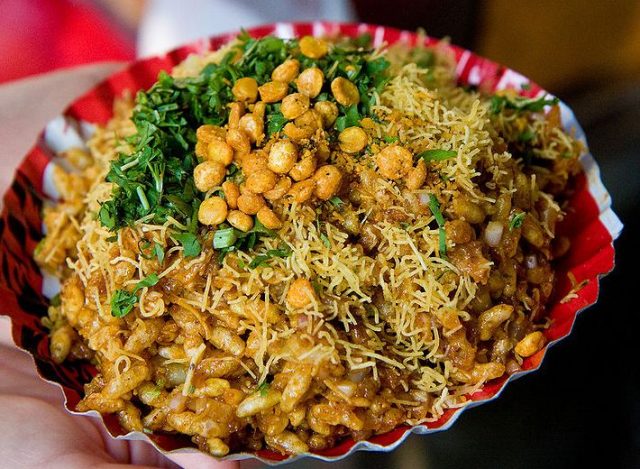
BENGALI FOOD TRADITIONS
There was a bitter rivalry between the fish and cooking techniques of East Pakistan (present-day Bangladesh) and present-day West Bengal. The Bangladeshi’s believed that they brought the more authentic, ‘refined’ technique of cooking fish.
Certain recipes like Ilish (Hilsa) cooked in a leaf marinated with mango pickle, dried fish and Gosht Biryani are recipes now lost in time and are only preserved in a few households.
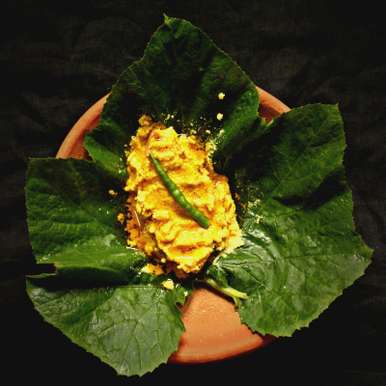
The spiced onion and tomato-based gravies and curries with their umami flavours which are direct Punjabi influences have come to form what is today called the inherently ‘Indian’ cuisine.
The ‘generic’ Indian cuisine is a direct result of restaurant culture post Partition, with its gravies and curries. They have come to be associated with general Indian food traditions of today.
Sources: The Wire, Food52, AL Jazeera
Image Source: Google Images
This post is tagged under: Chaat food during partition, impact of partition on indian food, Indian partition food, makhni chicken, moti mahal, mughlai food, partition food, shabdeg, sindhi papad, Tandoor, tandoori chicken, tandoori food, tomato gravy
You’d Also Like To Read:
CBSE Students Have An Unfair Advantage Over ICSE Ones During DU Admissions, Here’s Why


































hello janhavi this is sachin, ma history student at university of delhi . i would request you to help me out for a paper which i am supposed to write as a part of my course and which reqiures me to talk about partition and its influences on the development of a new food culture in delhi . kindly reply with your suggestions for the same .
Hello, did you ever write this paper?